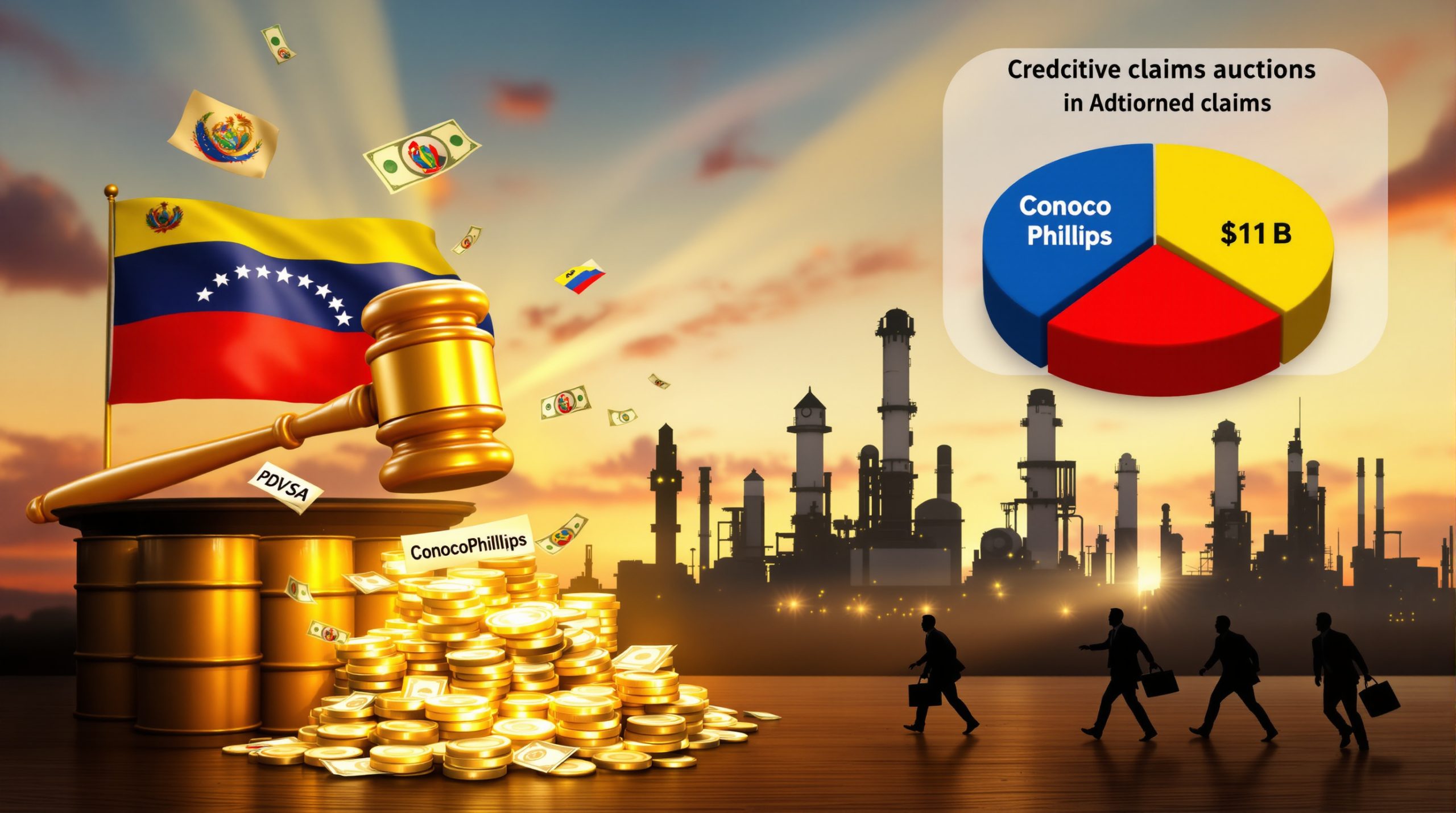Indonesia Raises Royalties for Nickel and Other Metals: Impact and Implications
Indonesia's recent overhaul of its mining royalty structure marks a significant shift in its resource management strategy, balancing fiscal objectives with industrial development goals. The government replaced the flat 10% nickel ore levy with variable rates of 14%–19% tied to price benchmarks, while introducing a preferential 2% rate for battery-grade nickel processing to incentivize domestic value addition. Coal royalties now differentiate between open-pit and underground operations, with the latter facing lower levies. These changes, effective 15 days after their April 11, 2025 registration, aim to fund President Prabowo Subianto's priorities—including a state investment fund and free school lunches—while addressing ore shortages plaguing smelters. The Indonesian Mining Association warns the hikes could strain operators' margins, though coal firms like PT Bumi Resources have seen stock rallies amid complex market dynamics analysis.
How Is Indonesia Changing Its Mining Royalty Structure?
Overview of the New Royalty Framework
The revised regime introduces price-linked variability for nickel royalties, abandoning the one-size-fits-all 10% rate. Rates now fluctuate between 14% and 19% based on government-determined price thresholds, creating a fiscal mechanism responsive to global commodities insight. For battery-grade nickel—a critical component for electric vehicle (EV) batteries—the rate drops to 2% if processed domestically from lower-grade ore (<1.7% nickel content). This dual approach pressures raw ore exporters while rewarding domestic refiners, aligning with Indonesia's decade-long downstream industrialization push.
Coal producers face differentiated burdens: open-pit operations' royalties vary by permit type, while underground mines benefit from reduced levies. The policy acknowledges underground mining's higher technical complexity and lower environmental footprint, mirroring global trends in incentivizing sustainable extraction methods.
Specific Metal and Mineral Rate Changes
Nickel:
- Ore: 14%–19% (previously 10%)
- Battery-grade: 2% for processing sub-1.7% ore
- Ferronickel/Nickel matte: Rates lowered from initial proposals (exact figures unspecified)
Tin:
- Increased royalties, though specific rates remain undisclosed
Coal:
- Open-pit: Permit-dependent rates
- Underground: Reduced levies vs. open-pit
The tiered nickel structure selectively pressures mid-grade ore exporters while shielding high-value processors. For context, Indonesia supplies over 50% of global nickel ore, making these adjustments pivotal for EV supply chains.
Why Is Indonesia Increasing Mining Royalties?
Funding National Policy Initiatives
President Prabowo's free school lunch program—a cornerstone of his 2024 campaign—requires an estimated $29 billion annually, necessitating new revenue streams. The royalty reforms could generate up to $1.2 billion in additional annual income based on 2024 production volumes. Concurrently, the government seeks capital for the Sovereign Wealth Fund (SWF), designed to attract foreign investment in infrastructure and strategic industries.
Strategic Resource Management
With smelters facing 30% ore shortages in early 2025, the policy aims to redirect ore flows to domestic processors. By penalizing raw exports (14%–19%) versus processed materials (2%), Indonesia accelerates its transition from commodity exporter to industrial manufacturer. The approach mirrors historical resource nationalism in Chile (copper) and Guinea (bauxite), though with sharper fiscal levers.
Industry Reactions to Royalty Increases
Mining Sector Concerns
The Indonesian Mining Association warns the hikes could reduce operator margins by 15%–20%, citing already-tight cash flows amid rising energy and labor costs. Small-scale nickel miners may struggle to absorb the increased levies, potentially consolidating the sector under larger players with downstream capabilities. Understanding these pressures requires careful consideration of economic viability insights across the sector.
Market Response
Coal equities defied broader sector concerns, with PT Bumi Resources shares rising 7.2% and PT Indika Energy gaining 4.8% post-announcement. Analysts attribute this to underground mining incentives and expectations of coal-to-energy projects under the SWF. Nickel-focused firms saw mixed reactions, reflecting uncertainty over processing capacity utilization rates. Investors seeking exposure to this sector should consult a comprehensive mining stocks guide for balanced perspective.
Indonesia's Broader Resource Strategy
Value-Addition and Processing Focus
The 2% battery-grade nickel rate targets Indonesia's ambition to control 40% of global EV battery production by 2030. Current nickel processing investments exceed $30 billion, led by Chinese firms like Tsingshan Holding Group. This aligns with 2020's mineral export ban, which successfully boosted smelter capacity from 15 units in 2014 to 43 in 2024.
Comparative Global Position
While Indonesia's nickel reserves rank first globally, its royalty overhaul lags regional peers. The Philippines imposes a 5% royalty on large-scale metallic mines, while Australia's Western Australia levies 5%–7.5% on nickel. Indonesia's higher rates reflect its unique position as both top producer and aspirational processor.
Long-Term Implications
Industry Transformation Outlook
Expect vertical integration acceleration as miners like Harita Group and Antam invest in refining to capitalize on lower processed-material royalties. Jun 2025 forecasts suggest 15–20 small ore exporters may shutter, concentrating supply among vertically integrated giants. For those considering investments in this evolving landscape, understanding mining investment strategies becomes increasingly important.
Economic and Market Impacts
The policy could boost Indonesia's non-tax state revenue by 8%–12% annually, aiding fiscal stability amid volatile global markets. However, over-reliance on nickel exposes the economy to battery-tech shifts, such as sodium-ion alternatives gaining traction in China.
FAQs About Indonesia's Mining Royalty Changes
Which metals face the highest royalty increases?
A: Nickel ore sees the steepest hike (10% →14%–19%), while tin rates increased unspecified amounts.
How does Indonesia incentivize battery-grade production?
A: A 2% royalty applies to sub-1.7% nickel ore processed domestically into battery materials vs. 14%–19% for raw exports.
What are key industry concerns?
A: Margin compression (15%–20%), cash flow constraints, and potential consolidation.
When will the new royalty rates take effect?
A: The new royalty regime will become effective 15 days after the registration date of April 11, 2025.
How do these changes align with Indonesia's broader economic policies?
A: The royalty increases align with President Prabowo Subianto's focus on funding national development priorities while continuing Indonesia's strategy of developing downstream processing capabilities.
This restructuring underscores Indonesia's gamble on vertical integration, betting that short-term sector pains will yield long-term industrial dominance. Success hinges on sustaining foreign investment amid rising fiscal demands and global competition for EV market share.
Disclaimer
This article contains analysis and forecasts about Indonesia's mining industry that are based on current information. Future outcomes may differ from predictions made here due to changing market conditions, policy adjustments, or other unforeseen factors. Readers should consult with financial and industry experts before making investment decisions based on this information.
Ready to Keep Up With Critical Mineral Market Changes?
Stay ahead of shifting mineral royalties and discover high-potential ASX opportunities with Discovery Alert's proprietary Discovery IQ model, providing real-time insights on significant mineral discoveries that could transform your portfolio. Explore how major discoveries can generate substantial returns by visiting our dedicated discoveries page.




